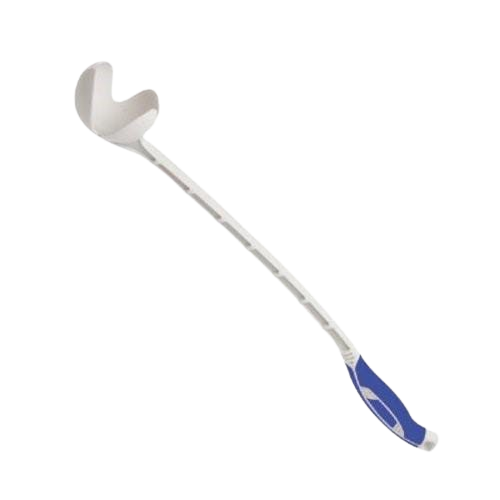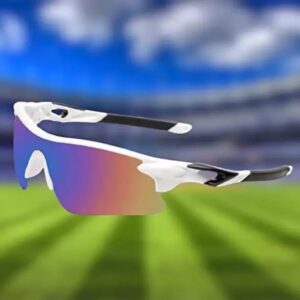Components:
- Arm: A long lever that is pivotal at one end. The other end is used to hold or launch the projectile.
- Pivot Point: A fulcrum where the arm rotates, allowing for increased leverage and throwing distance.
- Counterweight: A weight placed on the opposite side of the arm, providing the necessary force to propel the projectile when released.
- Base: A sturdy structure that supports the arm and pivot, ensuring stability during operation.
- Trigger Mechanism: A device that releases the arm from its loaded position, allowing it to swing and launch the projectile.
Mechanism:
- Loading: The projectile is placed at the end of the arm. The arm is then pulled back to create tension.
- Storing Energy: As the arm is pulled back, potential energy is stored in the counterweight and the tension in the arm.
- Release: When the trigger is activated, the arm swings forward rapidly, converting the stored potential energy into kinetic energy.
- Launch: The projectile is propelled forward as the arm reaches its maximum extension, achieving significant distance due to the force applied.
Applications:
- Historical Warfare: Used in ancient times for sieging castles and fortifications.
- Sports: Employed in activities like shot put, discus, and javelin throwing, where mechanics of arm motion are crucial.
- Recreation: Modern variations can be seen in toy catapults and slingshots, often used for entertainment and educational purposes.
Design Considerations:
- Arm Length: Longer arms can generate more distance, but require careful balance.
- Counterweight: The size and placement of the counterweight affect the throwing power.
- Material: The choice of materials impacts durability and weight, influencing overall performance.
In summary, an arm thrower leverages mechanical principles to effectively launch projectiles over significant distances, making it a fascinating subject in both engineering and historical contexts.









Reviews
There are no reviews yet.